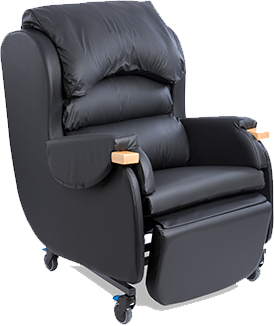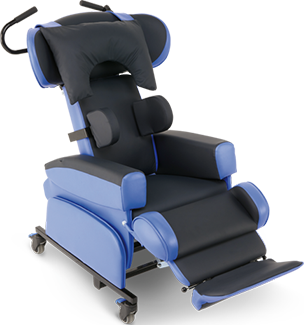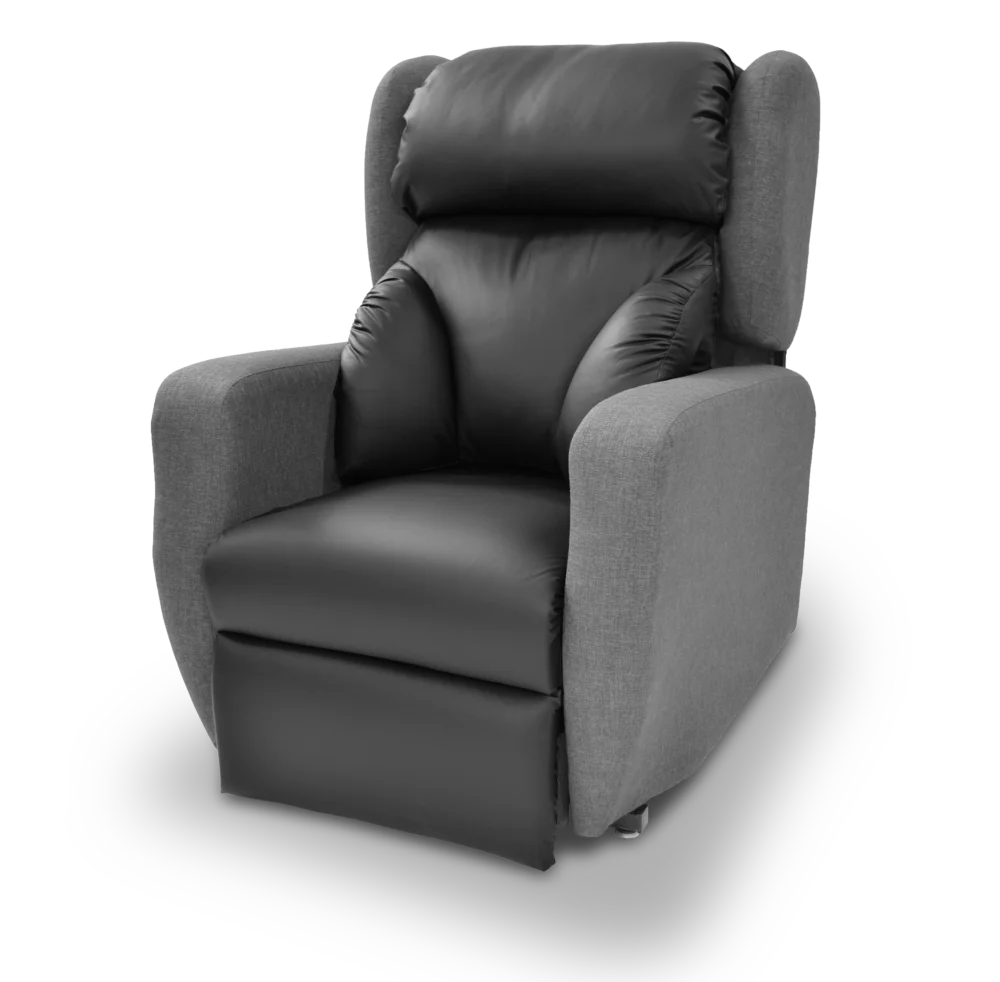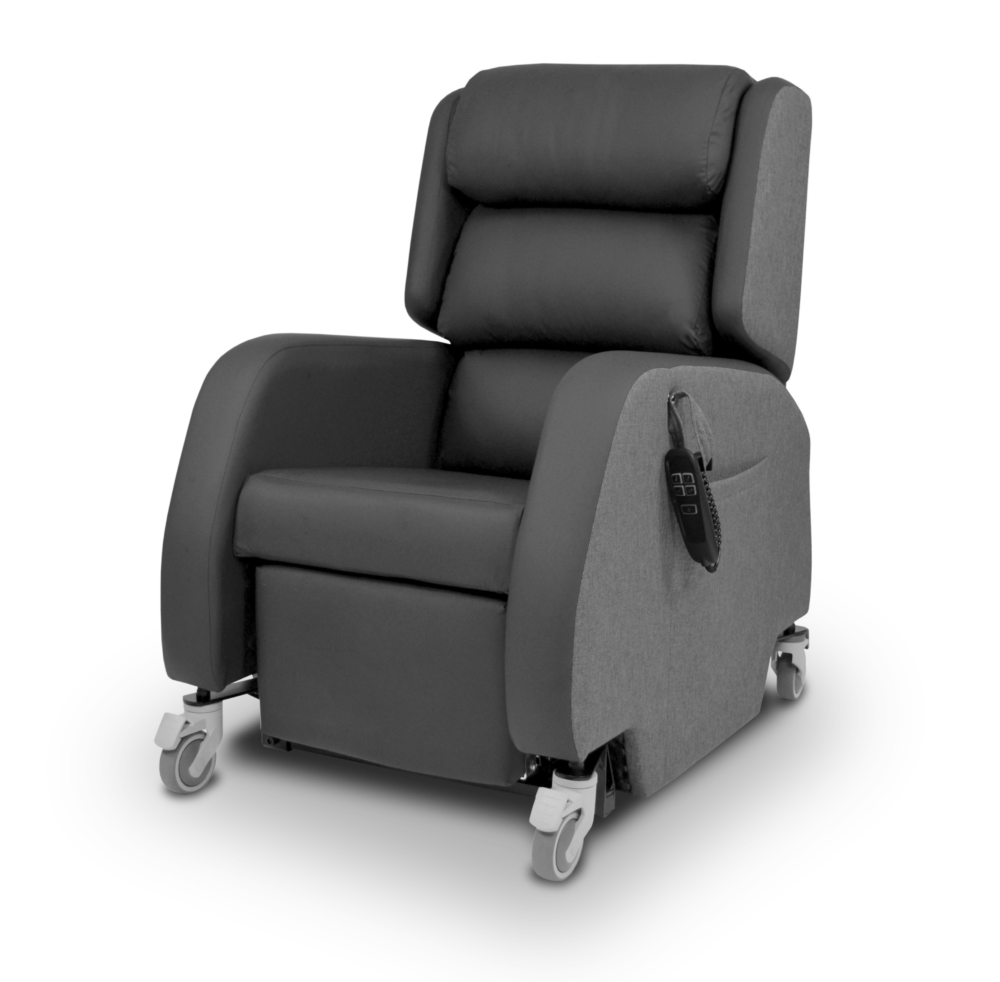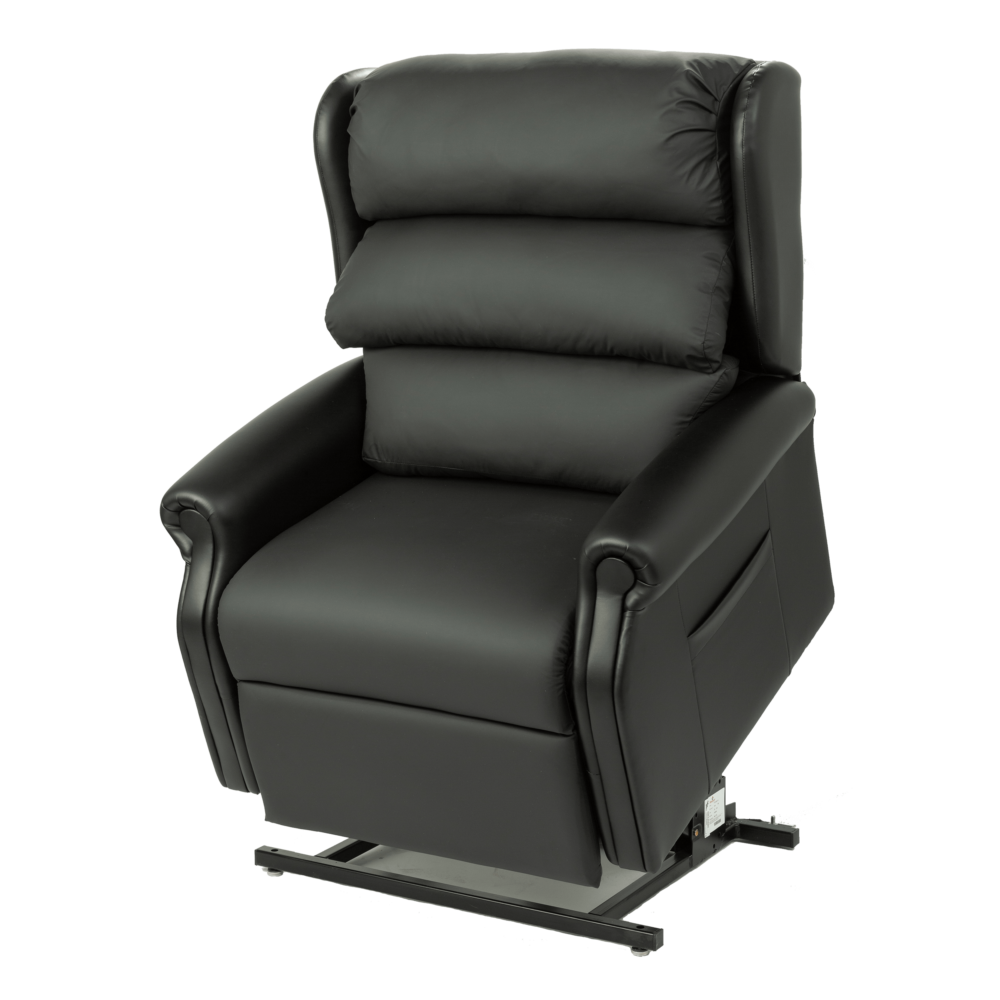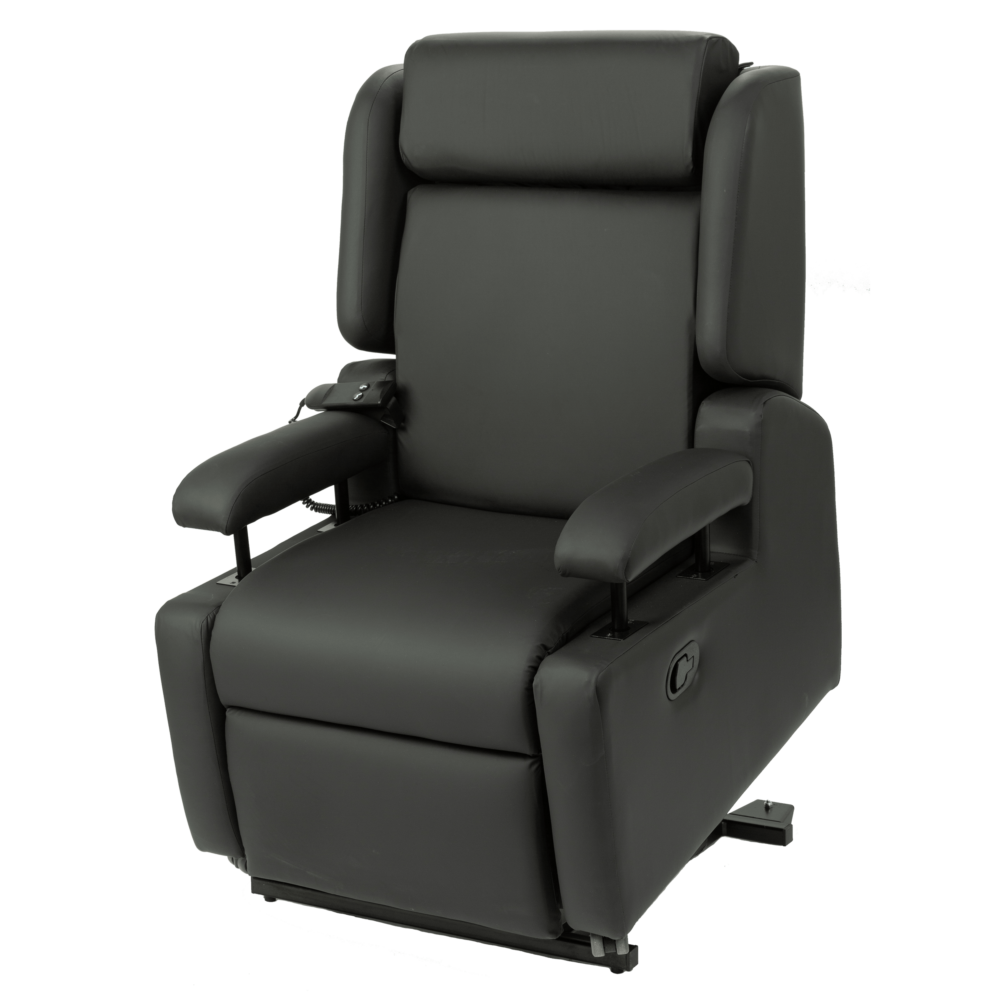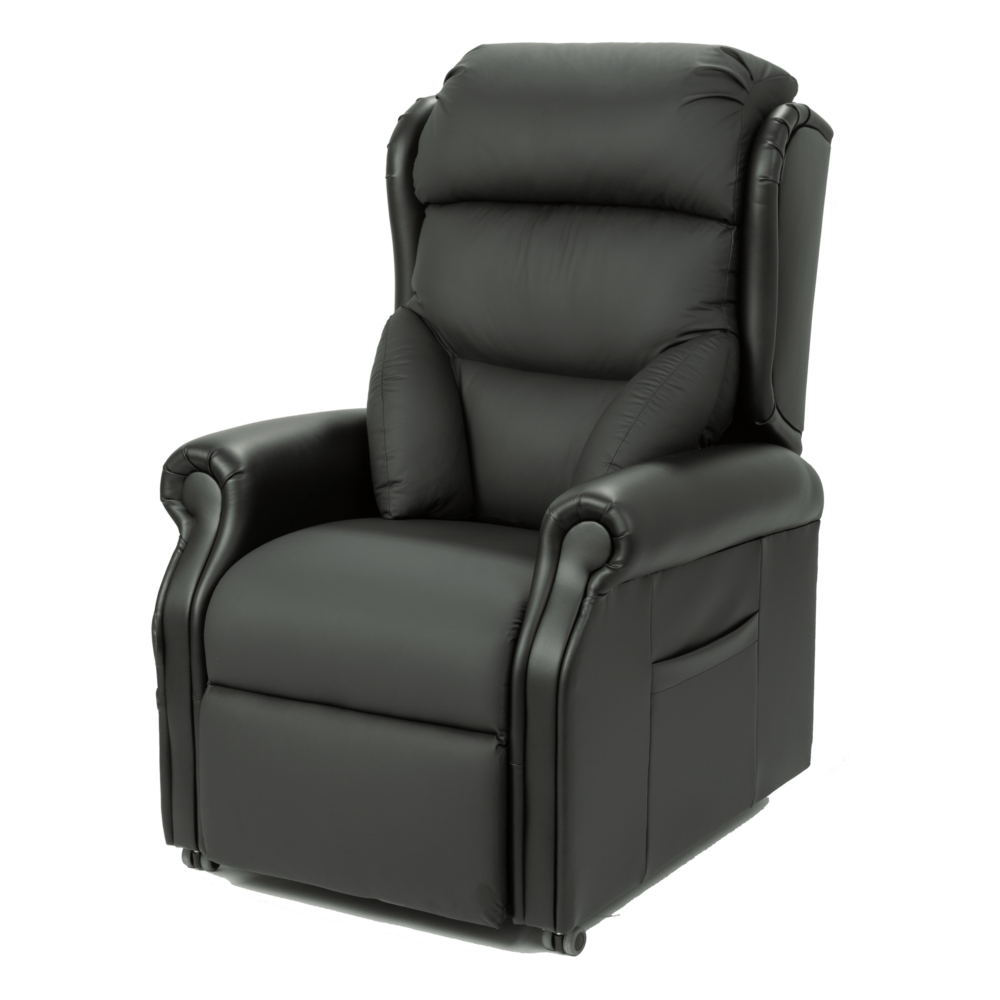What is pelvic rotation?
A pelvic rotation is when an individual presents with one hip further forward in the seat, with one anterior superior iliac spine more forward than the other.
This postural challenge can be associated with spinal rotation, pelvic obliquity and windsweeping. It is worth noting that an individual with a leg length discrepancy or hip problems may also present with one leg appearing further forward than other.
What are the causes?
- Incorrect seat dimensions
- Spinal rotation
- Windsweeping
- Asymmetrical hip range of movement
- Hip trauma, dislocation or subluxation
- Abnormal muscle tone
- Unilateral foot propulsion for function and independence
- Standing asymmetrically
Are there any seating solutions that can help?
Management will depend on whether the pelvic rotation is correctable or if it is fixed, which can be identified during a comprehensive assessment. The aim is to support the pelvis in all planes of movement; the pelvis is the foundation to a stable sitting posture as it dictates what happens to the body above and below. Seating solutions include:
- Ensuring correct seat width
- A pelvic belt, following risk assessment, if correctable, to bring hips back in alignment
- Contoured back support rotated to accommodate the pelvis, if fixed
- Ensuring back angle accommodates any hip range of movement limitations
- A stepped base to ensure equal weight distribution of the thighs
- Addressing any associated spinal rotation



